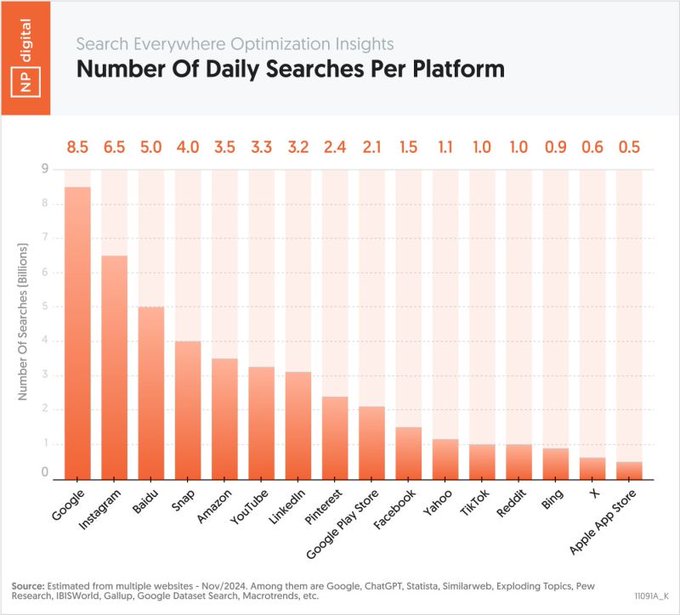In the dynamic and often unpredictable world of sales, success is not just a matter of luck or innate talent. It largely depends on our ability to think strategically, rigorously analyze information, and make rational decisions.
This is where mental models come into play—powerful cognitive tools that help us interpret the world around us, identify patterns, and anticipate consequences. Inspired by the deep thinking of Charlie Munger, Warren Buffett’s business partner, this article explores 15 essential mental models that can transform how we approach sales, leading to remarkable results and lasting success. From inversion thinking to understanding the Lollapalooza effect, these models provide a solid framework for navigating the complexities of sales, building long-term relationships with clients, and gaining a competitive edge.
The 15 Essential Mental Models for Sales
A. Strategic Thinking and Risk Analysis
Inversion: Instead of focusing solely on how we can win, we should first ask what could go wrong. By analyzing negative scenarios, we can identify vulnerabilities and develop mitigation strategies. In sales, this means anticipating customer objections, understanding the competition, and being prepared for any eventuality.
Circle of Competence: Focus on what you do best. Identify your strengths and avoid venturing into areas where you lack expertise. In sales, this means knowing the product or service you offer, understanding the target market, and specializing in a specific niche.
Margin of Safety: Build a safety buffer into every transaction. This means offering a fair price, negotiating flexibly, and being prepared to make concessions. An adequate margin of safety protects you from market fluctuations and unforeseen events.
Lollapalooza Effect: Look for combinations of factors that reinforce each other. In sales, this could mean combining an excellent product with effective marketing, impeccable customer service, and a smart pricing strategy. When multiple success factors align, the results can be spectacular.
B. Overcoming Cognitive Biases
Confirmation Bias: Don’t ignore evidence that contradicts your beliefs. Be open to feedback, criticism, and different perspectives. In sales, this means actively listening to customers, understanding their real needs, and being willing to adjust your approach.
Second-Order Thinking: Analyze the long-term impact of your decisions. A quick sale might bring immediate profit, but it could harm the company’s reputation in the long run. Consider the domino effect of every action and choose options that provide long-term benefits.
Probabilistic Thinking: Evaluate possible scenarios and calculate the probability of each outcome. In sales, this means analyzing the chances of closing a deal, assessing risks, and making data-driven decisions rather than relying solely on intuition.
Resist Groupthink: Don’t be swayed by majority opinions. Think independently and make decisions based on your own analysis and convictions. In sales, this means being creative, innovating, and not being afraid to go against the current.
Law of Large Numbers: Don’t jump to conclusions based on insufficient data. Gather as much relevant information as possible before making a decision. In sales, this means analyzing customer data, market trends, and sales performance to identify patterns and make informed choices.
Iron Prescription: Be realistic and honest with yourself. Accept the truth about your strengths and weaknesses. In sales, this means being aware of your limitations, learning from mistakes, and striving for continuous improvement.
Recency Bias: Don’t overvalue recent events while ignoring long-term trends. In sales, this means analyzing performance over a longer period, not just the last month or quarter.
C. Continuous Improvement and Adaptability
Building a Latticework: No single mental model is universal. Learn from other disciplines, such as psychology, economics, and mathematics, and create your own integrated framework of mental models. In sales, this means combining different mental models to tackle complex challenges.
Social Proof Bias: Maintain your independence. Don’t blindly follow trends just because “everyone” is doing it. In sales, this means conducting thorough research and ensuring alignment with your goals before adopting a particular strategy.
Feynman Technique: Master by teaching. Break down complex concepts into simple explanations as if you were describing them to a beginner. In sales, this means testing your understanding by explaining concepts to others and identifying knowledge gaps.
Opportunity Cost: Every choice means giving up other options. In sales, this means evaluating multiple possibilities before committing to a particular direction and being aware of the opportunity costs associated with each decision.
Transforming Sales Through Mental Models
The mental models advocated by Charlie Munger provide a valuable framework for anyone working in sales. By understanding and applying these principles, we can overcome the limitations of intuitive thinking, avoid cognitive traps, and make more rational and effective decisions. From strategic planning and risk analysis to overcoming biases and continuous improvement, these models offer powerful tools for navigating the complexities of sales and building sustainable success.
By integrating these models into our daily work, we can transform how we approach sales, build stronger relationships with clients, and achieve outstanding results. At Madmark, we encourage the application of these principles and believe they are a key factor in building a sales empire based on strategic thinking, rigorous analysis, and a deep understanding of market dynamics. By adopting a mental model-based approach, we can not only achieve our sales goals but also create long-term value for our clients and our company.





